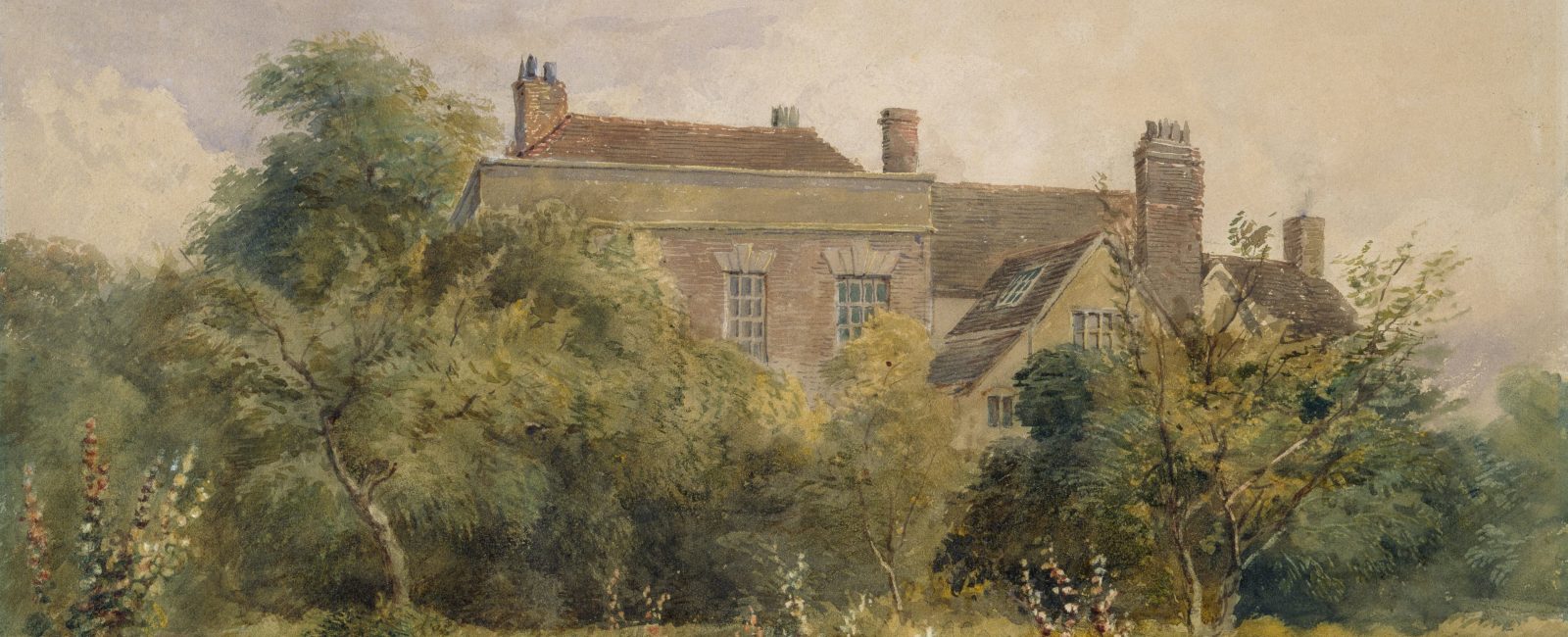
When we think about human evolution, what we know is often from what we’ve read in books, but most people don’t realise that events based on written records appear relatively late in human history. The first written records appeared just 5000 years ago in Ancient Egypt, whereas visual narratives go much farther through the medium of art.
Watercolour paintings can be found as far back as the Paleolithic Ages on cave walls using natural pigments. These early humans would document events, cultural practices and stories onto stone, and its application can be seen throughout history. The ancient Greeks, Egyptians, Romans and Chinese cultures all utilised watercolours for both decoration and documentation.
Visual records through watercolour span back 2.5 million years compared to the mere 5000 years of the written word, which has barely made its mark on human history. Watercolours have transcended time and allowed us a unique glimpse into the past to learn about our world history. These visual records enable us to learn about forgotten people, cultures, and places around the globe. Where words fail, art shows us so much more about our predecessors, their lives, stories and provides us with a glimpse into how far we have come.
Thanks to the digital age we now live in, we have never been more connected and had such access to a wealth of information, but our knowledge of human history remains limited in many respects. Watercolours are often viewed as delicate, aesthetically pleasing art pieces, but in reality, they are the fragile ties that connect us to our collective history.
There is so much we can learn from watercolours, and in recent years they have proven to be indispensable in the fight against climate change. Conservationists, geologists, and scientists worldwide are now using these unique visual records to help understand the changes we are seeing globally to the earth each year. Our world’s history is being rediscovered, and many historical projects can now utilise landscape watercolours to document and predict global changes.
Watercolours allow us to reflect on our cultural, geological, social and environmental history like never before. We can learn and reflect on so much from these works of art, but it is up to us to ensure they are not lost to the hands of time. The longevity of historical watercolours is at risk, and as we move into an increasingly digital world, watercolours must establish their place to ensure they are preserved.
With the tireless work of UK based charity Watercolour World, we can continue to learn, reflect and grow as a society through art. This organisation has made its mission to digitise as many pre-1900 watercolours as possible and increase its ever-growing collection each year. To date, their free database holds over 80,000 high-resolution digital copies of historical watercolours that can be accessed by the public.
Watercolour World believes in the importance of not only making art accessible to all but also ensuring our collective history is available to people from all walks of life. It is the organisation’s view that by making history visible to more people, we can deepen our understanding of the world and work towards a better, more connected future.
Their online collection of watercolours hopes to revive this forgotten art form and features public and private collections from around the world with many never before photographed works of art. If you would like to learn more about how Watercolour World is providing a new generation with the means to learn about our world history, you can visit their website here.












